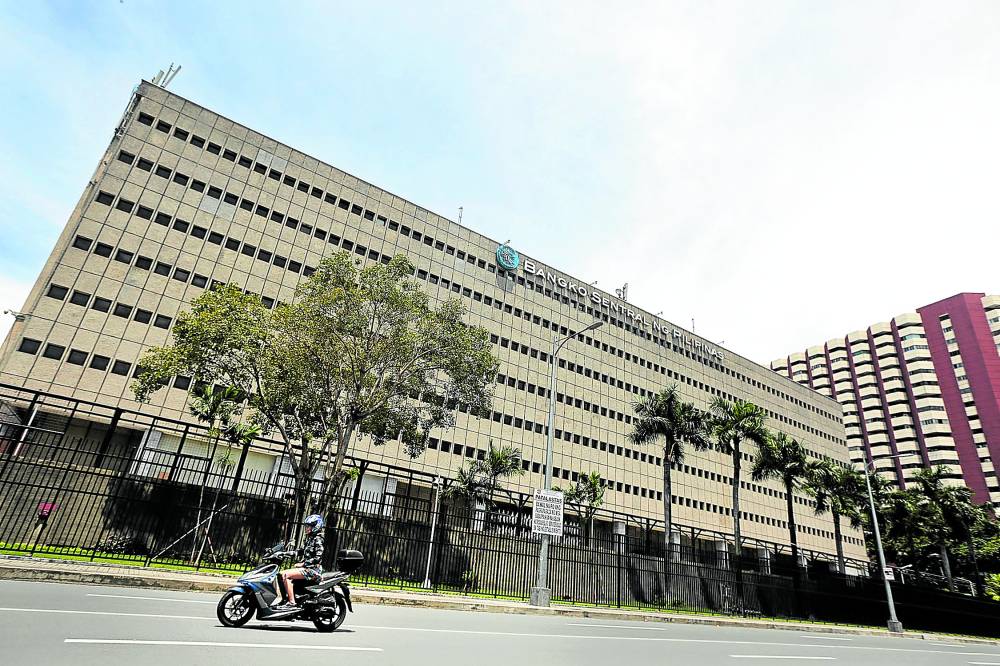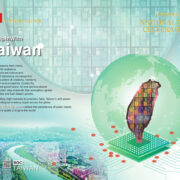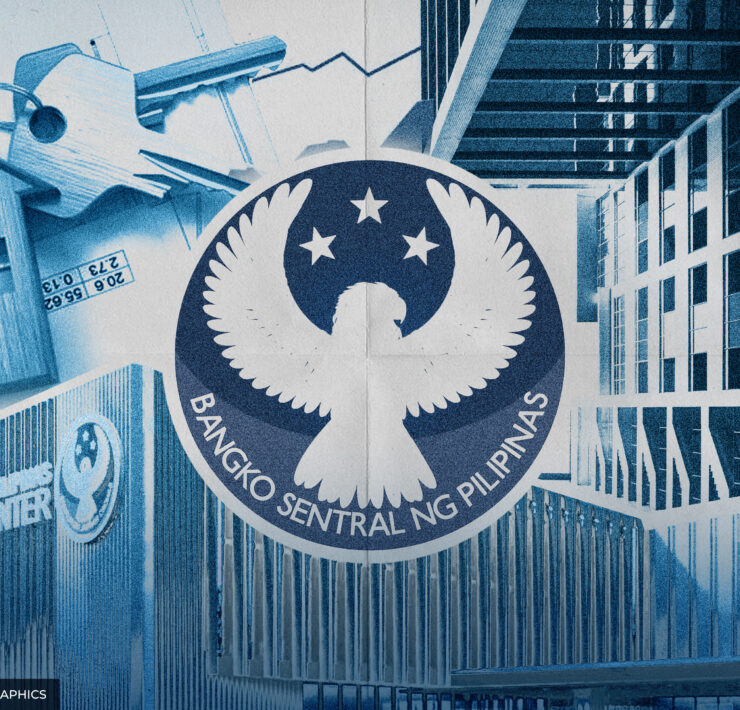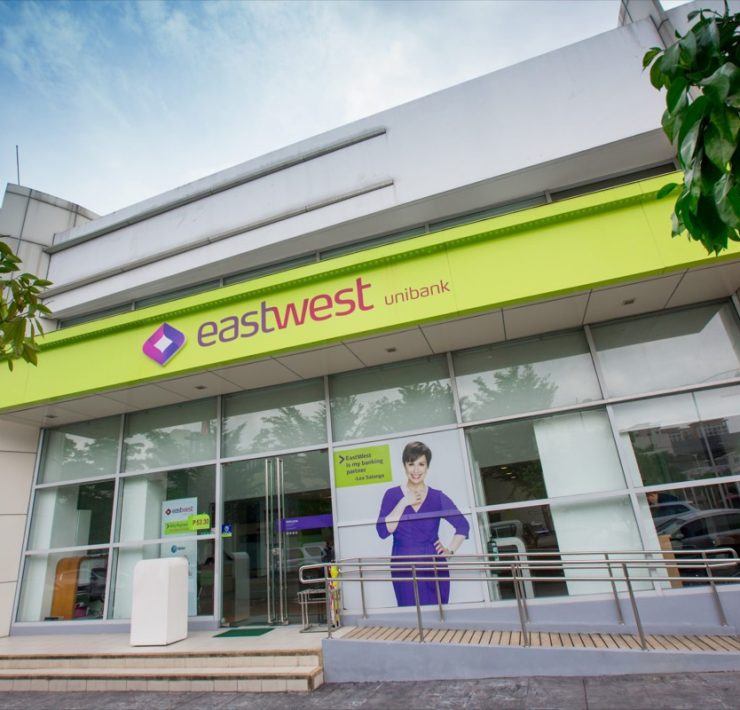More banks hoping to cut bad loans on improving economy

The proportion of Philippine banks expecting better loan quality has increased amid improving economic conditions, contributing to lenders’ overall optimism over the next two years, the Bangko Sentral ng Pilipinas (BSP) reported.
Results of the BSP’s 2023 Banking Sector Survey released on Thursday showed 48.7 percent of banks expecting their nonperforming loan (NPL) ratio to exceed 5 percent in the next couple of years, lower than the 52.4 percent that gave the same response in the previous poll round. Banks consider healthy an NPL ratio of below 5 percent.
Meanwhile, 29.4 percent of respondents believed their NPL ratio would settle below 3 percent. The remaining 21.9 percent projected their bad debt ratio would register between 3 and 5 percent.
A loan is deemed nonperforming if it’s 90 days late on a payment and at risk of default.
Latest figures from the BSP showed P508.1 billion out of the P14.2-trillion loan portfolio of the entire Philippine banking system had turned sour in July 2024. That resulted in a gross NPL ratio of 3.58 percent, the highest in over two years as many borrowers struggled to pay their debts amid a high interest rate environment.
Meanwhile, most banks surveyed by the BSP estimate their restructured loans, or credit subject to negotiations with struggling borrowers, would corner less than 2 percent of their total lending portfolio.
To manage potential losses arising from high borrowing costs, banks polled by the BSP said they were opting to maintain an “ample” level of buffer against unpaid loans.
Survey results showed the proportion of banks that plan to keep an NPL coverage ratio—a measure of sufficiency of allowance for credit losses—of more than half rose to 58 percent, from 50.4 percent before. Big banks polled by the BSP even said they preferred to maintain a higher NPL coverage ratio that is more than 100 percent.
That level of provisioning represents capital that banks must set aside as a buffer against credit losses, and therefore cannot be used for lending activities.
But the BSP said the overall industry outlook in the next two years “remains upbeat,” with 64.6 percent of respondent banks expecting a stable banking system.
Such optimism stemmed from “robust economic growth.” Survey data showed 70.1 percent of local lenders forecast double-digit growth in their assets, while 82.2 percent had the same outlook for their loan portfolio. At the same time, over half of respondents also expect double-digit growth in investment securities and deposits, a major lifeline for banks.
Amid a high interest rate environment as a result of previous policy tightening, majority of banks are expecting high interest margins of between 3 percent and 10 percent. Meanwhile, 47.8 percent of lenders are hoping for a return on equity of above 10 percent on the back of improving macroeconomic conditions.
Profitability
All of that fueled banks’ better profitability prospects.
About 76.5 percent of lenders polled by the BSP anticipate double-digit growth in net income, up from 77.9 percent previously.
A healthy financial performance, in turn, would allow banks to maintain their hefty capitalization. The BSP said the proportion of banks that believe their capital adequacy ratio (CAR) would exceed 16 percent rose to 89.1 percent, from 75.7 previously.
At the same time, 92.9 percent of lenders intend to keep their Basel leverage ratio above the 5 percent minimum threshold set by the BSP, indicating that their capital buffers would stay high.
In terms of threats, respondent banks said credit risk remained as the top threat to bank operations, followed by operational and macroeconomic risks.




















